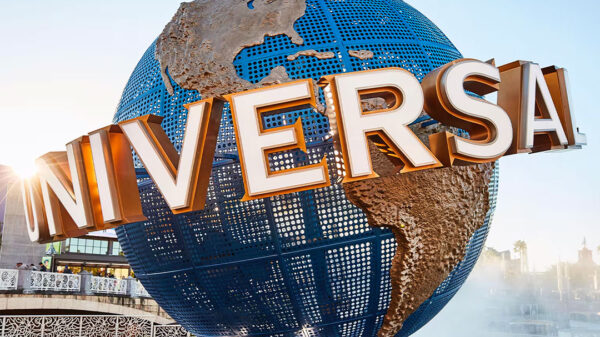Introduction
Air pollution is a growing concern worldwide, with detrimental effects on human health and the environment. As awareness about the importance of clean air increases, global air quality standards are being updated to address this pressing issue. In this article, we will explore the latest updates on global air quality standards and their implications.
1. The Importance of Global Air Quality Standards
Global air quality standards play a crucial role in protecting public health and the environment. These standards provide guidelines for acceptable levels of pollutants in the air, such as particulate matter, nitrogen dioxide, sulfur dioxide, and ozone. By setting limits on these pollutants, governments can take necessary measures to reduce emissions and improve air quality.
2. Updates on Global Air Quality Standards
Over the years, there have been significant updates to global air quality standards. One notable update is the World Health Organization’s (WHO) revision of their guidelines for particulate matter and other pollutants. The new guidelines reflect the latest scientific research and aim to provide more accurate recommendations for pollutant levels that are safe for human health.
In addition to WHO, regional and national organizations have also been working towards updating air quality standards. The European Union, for instance, has introduced the Clean Air for Europe (CAFE) program, which sets targets for reducing air pollution and improving air quality across member countries.
3. Implications of Updated Air Quality Standards
The updated air quality standards have several implications for governments, industries, and individuals. Governments will need to implement stricter regulations to meet the new standards, which may involve investing in cleaner technologies and enforcing emission controls. Industries will also need to adapt to these changes by reducing their emissions and adopting sustainable practices.
For individuals, the updated standards highlight the importance of reducing personal exposure to air pollution. This can be achieved by avoiding heavily polluted areas, using air purifiers in indoor spaces, and promoting sustainable transportation options such as walking, cycling, or using public transport.
Conclusion
As the world grapples with the challenges of air pollution, updates to global air quality standards are crucial for safeguarding public health and the environment. By staying informed about these updates and taking necessary actions, we can all contribute to cleaner and healthier air for future generations.




































